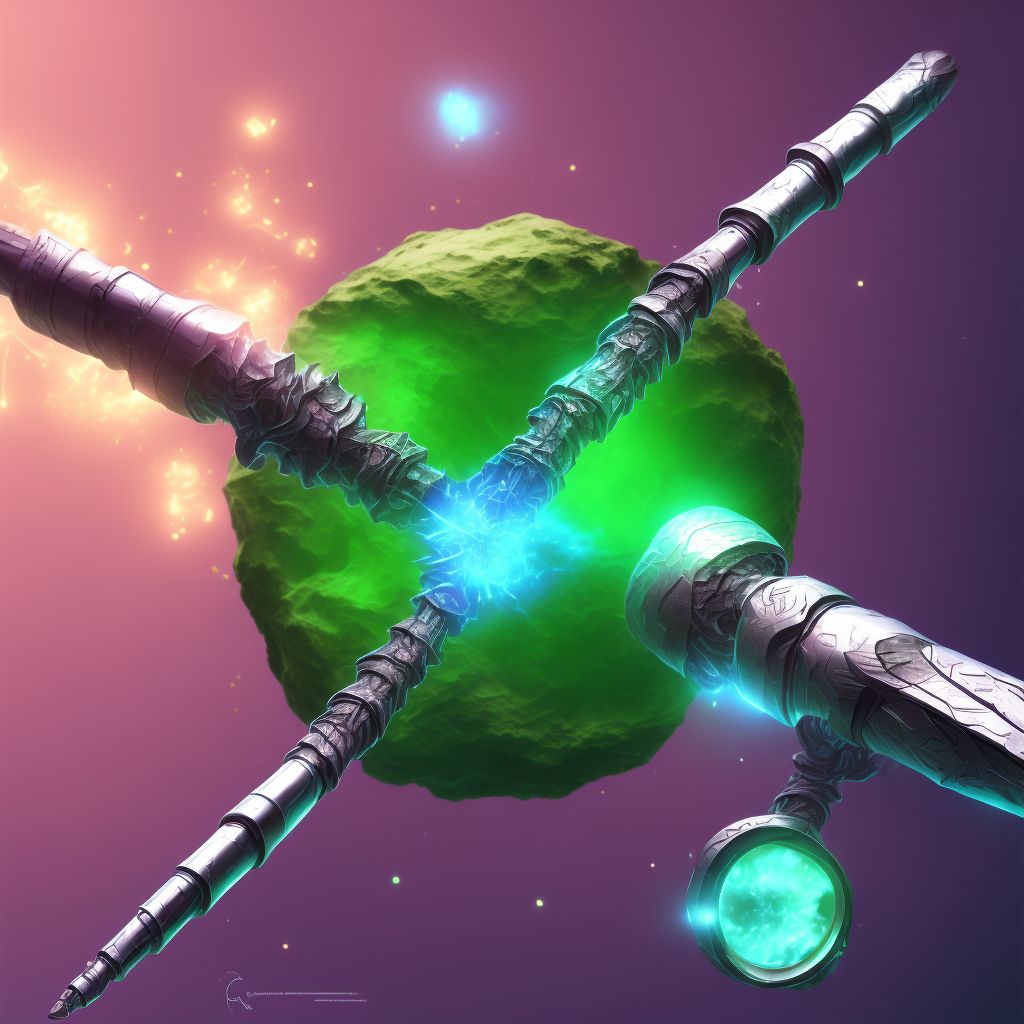
Other fracture of shaft of left tibia, sequela Save
ICD-10 code: S82.292S
Disease category: S82.292: Other fracture of shaft of left tibia
Understanding Other Fracture of Shaft of Left Tibia, Sequela
Fractures are common injuries that can occur in various parts of the body. One specific type is an "Other fracture of shaft of left tibia, sequela." This type of fracture refers to a break or crack in the middle section of the left tibia, which is the larger of the two bones in the lower leg. Sequela refers to the long-term effects or complications that can arise as a result of this fracture.
While the treatment aspect will not be discussed in this article, it's important to note that seeking medical attention and following a healthcare professional's advice is crucial for proper diagnosis and treatment of this fracture.
There are several potential causes of this type of fracture. It could be a result of trauma, such as a fall, sports injury, or a direct blow to the leg. It can also occur due to repetitive stress on the bone, often seen in athletes who engage in activities involving running or jumping. Other factors that can contribute to this type of fracture include weakened bones due to osteoporosis or certain medical conditions.
When a fracture occurs in the shaft of the left tibia, sequela can manifest in various ways. Some individuals may experience persistent pain, swelling, or tenderness in the affected area. Limited mobility and difficulty bearing weight on the leg are also common symptoms. In severe cases, deformity may be present, indicating a more complex fracture.
- Persistent pain: Pain is a common sequela of this fracture. It may persist even after the initial healing period and can be aggravated by certain movements or activities.
- Swelling and tenderness: The fractured area may remain swollen and tender for an extended period, often requiring ongoing care and management.
- Limited mobility: The ability to move the leg freely may be compromised due to the fracture. Physical therapy or rehabilitation exercises might be necessary to regain full range of motion.
- Weight-bearing difficulties: Putting weight on the affected leg can be challenging, especially during the recovery phase. Assistive devices like crutches or walkers may be required to aid mobility.
- Deformity: In more severe cases, the fracture can cause visible deformity or misalignment of the leg. This may require more specialized treatment options, such as surgical intervention.
If you suspect you have an "Other fracture of shaft of left tibia, sequela," it is crucial to consult with a healthcare professional. They can provide an accurate diagnosis, recommend appropriate treatment options, and guide you through the recovery process.
Remember, this article serves as general information and does not cover treatment options
Treatment of Other fracture of shaft of left tibia, sequela:
Treatment Options for 'Other Fracture of Shaft of Left Tibia, Sequela'
Fractures can be debilitating, especially when they occur in major bones like the tibia. 'Other fracture of shaft of left tibia, sequela' refers to a specific type of fracture with an ongoing consequence. If you or someone you know is dealing with this condition, it is crucial to understand the available treatme...
To see full information about treatment please Sign up or Log in